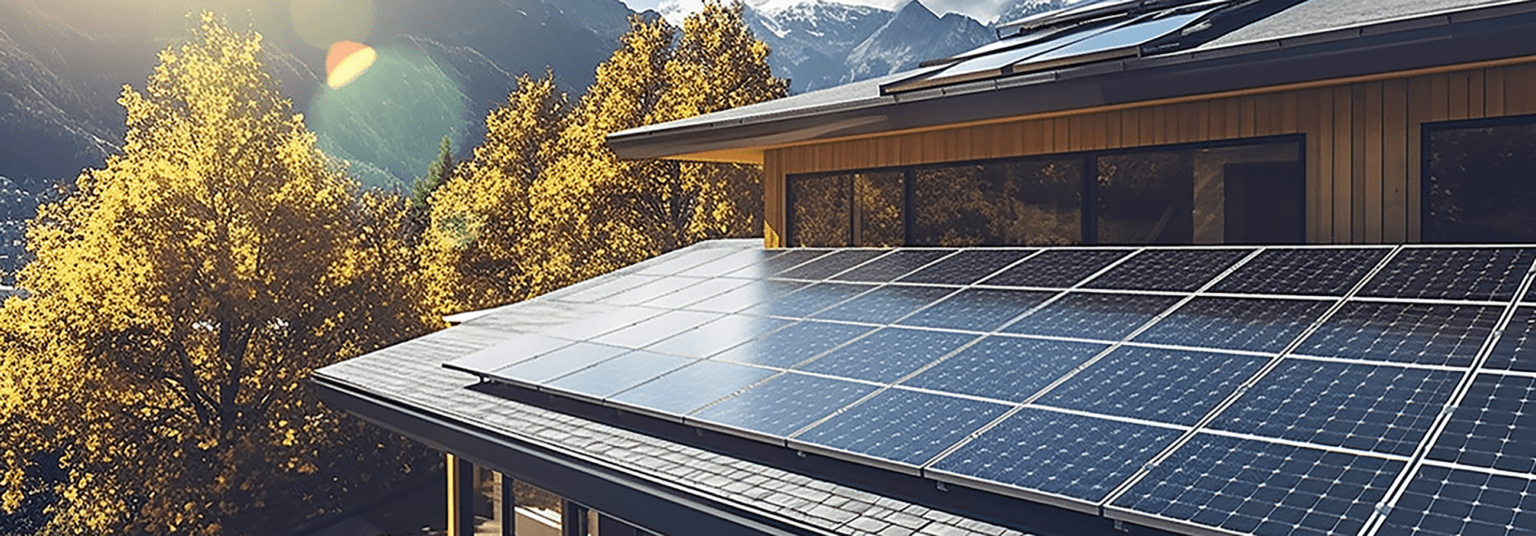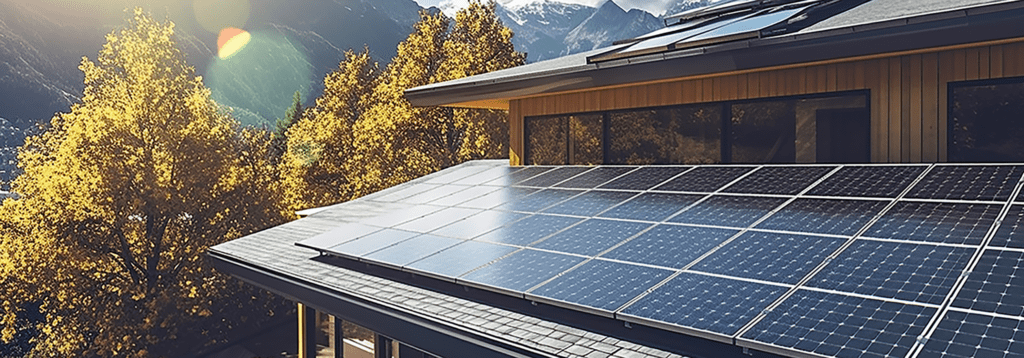
Investing in a solar system represents a significant step toward sustainability and energy independence. However, after the panels are up and running, one critical question remains: How can you tell if your solar system is producing enough power? Understanding your system’s performance is crucial, not just for ensuring you’re getting the expected return on investment, but also for identifying any issues early on. This comprehensive guide will delve into the factors that affect solar power production, how to track your system’s output, and what steps you can take to maximize its efficiency.
Understanding Solar System
Performance
Before diving into diagnostics and efficiency tips, it’s essential to grasp what influences your solar system’s power production:
1. Panel Efficiency: Solar panel efficiency is a
measure of how well your panels can convert
sunlight into electricity. Higher efficiency
means more power output from the same
amount of sunlight.
2. System Size: The size of your solar system,
usually measured in kilowatts (kW), directly
impacts the amount of electricity it can
generate. A larger system has the potential to
produce more power.
3. Weather and Climate: Solar power
generation is directly affected by the amount
of sunlight your panels receive. Overcast days,
seasonal changes, and geographical location
play significant roles in your system’s
performance.
4. Shading: Trees, buildings, or other obstacles
that cast shadows on your panels can
significantly reduce their power output.
5. Orientation and Tilt: The direction your
panels face and their tilt angle can also impact
performance. Panels typically produce the
most power when they face directly towards
the sun.
6. Temperature: Solar panels operate more
efficiently in cooler conditions. High
temperatures can reduce their efficiency and,
consequently, their power output.
Monitoring Your Solar System’s Output
Solar Monitoring Systems
The first step in assessing your solar system’s performance is to use a solar monitoring system. These systems provide real-time data on your solar power production, including daily, monthly, and yearly energy generation. They can often diagnose problems, such as shading or equipment issues, that may affect your system’s output. Monitoring your system allows you to compare actual performance against expected performance based on your system’s size and local solar irradiance data.
Understanding Your Electricity Bill
Your electricity bill can also offer insights into your solar system’s effectiveness. Many utility companies provide net metering, which credits you for the excess power your system generates and feeds back into the grid. By reviewing your bill, you can see how much energy your system produced and how much you consumed from the grid. A significant decrease in your electricity costs or receiving credits for excess power generation are good indicators that your system is performing well.
Evaluating Performance Against
Expectations
Calculating Expected Output
To determine if your solar system is producing enough power, you need to know what “enough” looks like. This involves calculating the expected output based on your system’s size and the average solar irradiance in your area. Solar irradiance is the amount of solar power received per square meter at your location, measured in kilowatt-hours per square meter per day (kWh/m²/day).
You can use online calculators or consult with your solar provider to estimate your system’s expected output. Once you have this figure, compare it to your actual production data from your solar monitoring system or electricity bill.
Identifying Discrepancies
If your system’s actual output significantly falls short of the expected output, it’s crucial to identify the cause. Factors such as unexpected shading, system damage, or equipment malfunctions can reduce your system’s efficiency. Regular maintenance checks and professional inspections can help address these issues.
Maximizing Solar System Efficiency
Regular Maintenance
Keeping your solar panels clean and free from debris is essential for maintaining optimal performance. In areas with low rainfall, occasional cleaning may be necessary to remove dust and dirt accumulation.
Addressing Shading
If trees or new constructions cast shadows on your panels, consider trimming branches or relocating panels to a sunnier spot if possible.
Upgrading Components
Technology advancements mean that newer solar panels and inverters are often more efficient. Upgrading components of your older system could significantly increase its power output.
Expanding Your System
If your energy needs have increased since your system was installed, adding more panels can boost your overall power production.
Professional Audits
Having a professional audit your system can identify inefficiencies and recommend specific improvements. These experts can analyze your system’s configuration, wiring, and equipment to ensure everything is optimized for maximum output.
Conclusion: Empowering Your Solar
Investment
By understanding the factors that affect your solar system’s power production and knowing how to monitor its performance, you can ensure that you’re getting the most out of your solar investment. Regular maintenance, addressing any shading issues, and considering upgrades or expansions can all contribute to maximizing your system’s efficiency.

